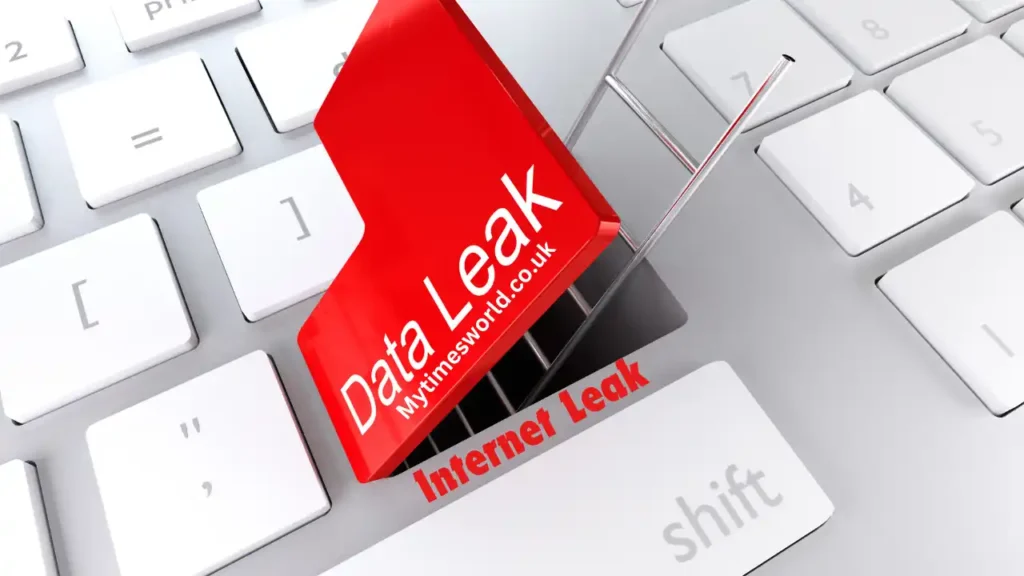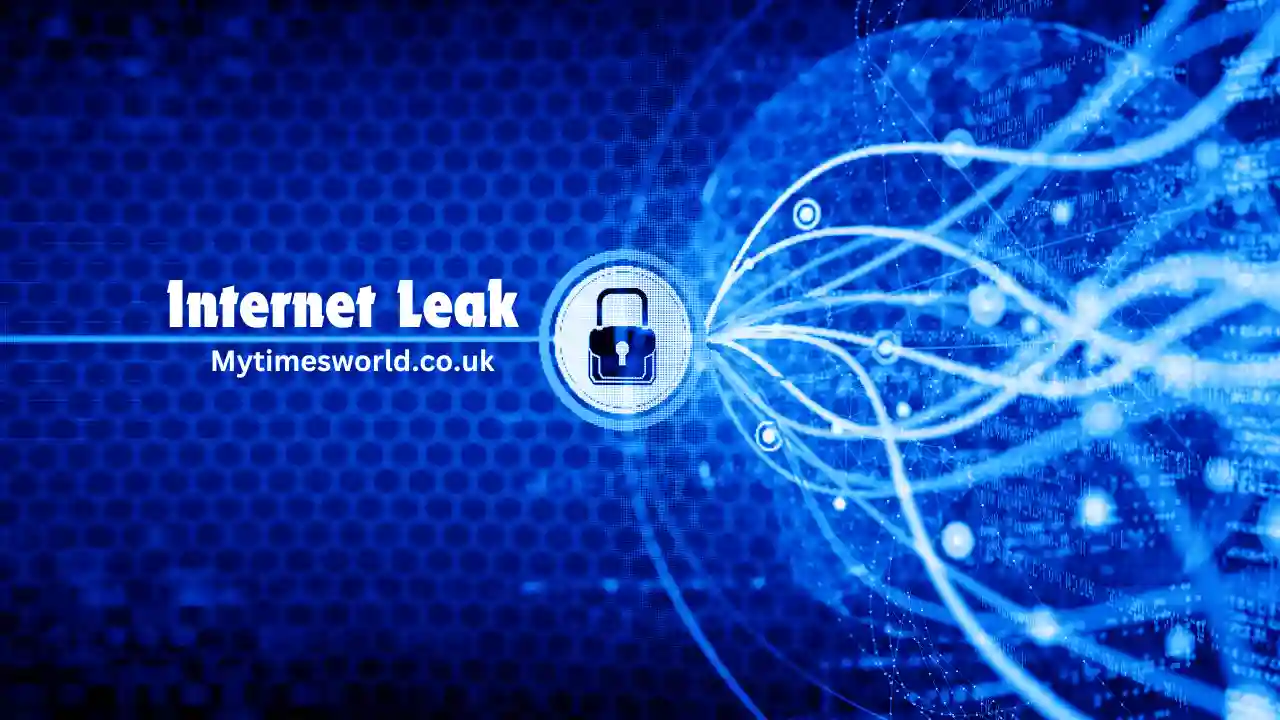In today’s digital world, the internet leak phenomenon has become an everyday headline. Sensitive data leaks are not only a concern for large corporations but also for individuals who share their personal information online. From emails to credit card details, data leaks can expose private information to the public, causing harm to both individuals and businesses. This article explores the ins and outs of data leaks, why they happen, and how you can protect yourself and your data.
What Is an Internet Data Leak?
In simple terms, an internet data leak occurs when confidential or sensitive information is exposed to unauthorized parties. This exposure can happen through a variety of means—whether by accident, negligence, or deliberate action.
Types of Data Commonly Exposed
Sensitive data can include anything from:
- Personal information like names, addresses, and social security numbers
- Financial information including credit card numbers and bank account details
- Corporate secrets such as trade secrets or intellectual property
How Data Leaks Happen
There are countless ways in which data leaks occur. Broadly, they fall into two categories: accidental and intentional leaks.
Accidental Leaks
Accidental leaks are often due to human error, such as an employee sending sensitive information to the wrong email address or accidentally sharing a confidential document online.
Intentional Leaks
Intentional leaks can stem from malicious actions, like hacking or data theft, where cybercriminals deliberately access and expose sensitive information.
Human Errors and Technical Vulnerabilities
Human mistakes, coupled with technical flaws such as weak encryption, outdated software, or poorly configured security settings, can make it easy for data to slip into the wrong hands.
The Rise of Data Leaks in the Digital Age
With the digital age came a surge in data volume, which has led to an increase in the number and severity of data leaks. Every click, form submission, and online transaction adds to the pool of data that’s vulnerable to leaks. Some notable data leak incidents have demonstrated the serious consequences of poor data management, emphasizing the need for better data protection measures.
Common Sources of Data Leaks
Understanding the common sources of data leaks can help individuals and organizations take preventive action.
Misconfigured Cloud Servers
Many data leaks result from cloud servers that are improperly configured, exposing data that should have been kept private.
Phishing and Social Engineering Attacks
Phishing schemes and other social engineering tactics trick individuals into giving up sensitive information, making it easier for attackers to access private data.
Weak Passwords and Inadequate Security Practices
Using weak passwords or neglecting basic security practices, like updating software, can make systems more vulnerable to breaches.
The Impact of Data Leaks
The effects of a data leak can be devastating, affecting both personal lives and businesses.
Personal and Financial Consequences
For individuals, a data leak can lead to identity theft, financial loss, and emotional stress. Imagine finding out that someone has access to your bank account or social security number—it’s not only unsettling but can lead to long-lasting damage.
Impact on Businesses and Reputation
Businesses that suffer data leaks often experience reputational damage, loss of customers, and financial penalties. The public’s trust is hard to regain after a significant breach, and the financial costs of lawsuits and regulatory fines can be enormous.
Types of Sensitive Data Commonly Leaked
Some data is more valuable—and thus more vulnerable—than others. The most commonly leaked types of sensitive data include:
- Personally Identifiable Information (PII): This includes names, addresses, dates of birth, and social security numbers.
- Financial Information: This includes credit card details, bank account information, and even purchase histories.
- Business Trade Secrets: Corporate leaks might involve trade secrets, product designs, or proprietary information.
The Role of Cybercriminals

Once data is leaked, cybercriminals are quick to exploit it. Leaked data often finds its way to the dark web, where it can be bought and sold for various malicious purposes.
Data Sold on the Dark Web
The dark web acts as a marketplace for stolen data, with personal and financial information sold to the highest bidder. This can lead to identity theft, fraud, and other criminal activities.
Legal Consequences of Data Leaks
With the rise in data leaks, governments have introduced laws and regulations to protect consumer data and penalize negligent organizations.
Privacy Regulations and Penalties
Violating data privacy regulations, like the GDPR (General Data Protection Regulation) in Europe or the CCPA (California Consumer Privacy Act) in the United States, can result in heavy fines and legal action.
Major Laws Related to Data Protection
- GDPR: Focuses on data protection and privacy in the EU.
- CCPA: Protects consumer rights in California, with rights to data access and deletion.
Why Data Leaks Are So Hard to Control
Despite significant advancements in cybersecurity, data leaks remain challenging to prevent. The complexity of modern networks, combined with human error, creates numerous vulnerabilities.
Complexity of Modern Data Networks
Data flows through complex networks, often across multiple systems and jurisdictions, making it difficult to secure every entry and exit point.
Human Factors and Security Limitations
Even with advanced security protocols, human errors—like clicking on phishing links or forgetting to update passwords—can open doors to potential leaks.
Steps Individuals Can Take to Protect Themselves
As data leaks become more frequent, it’s essential to take personal responsibility for protecting your data.
Password Management and Two-Factor Authentication (2FA)
Using strong, unique passwords for each account and enabling 2FA can significantly reduce the risk of unauthorized access.
Safe Browsing Practices
Being cautious about the websites you visit and avoiding sharing sensitive information on unsecured sites can minimize your risk.
What Companies Can Do to Prevent Data Leaks
For companies, preventing data leaks requires a proactive approach to cybersecurity.
Employee Training and Awareness Programs
Training employees to recognize phishing attempts and adhere to security protocols can go a long way in preventing leaks.
Regular Security Audits and Updates
Conducting regular audits and updating security measures can help identify and fix vulnerabilities before they’re exploited.
Emerging Technologies to Prevent Data Leaks
Technology continues to evolve to combat data leaks, with new tools emerging to help protect sensitive information.
Artificial Intelligence and Machine Learning
AI can detect unusual patterns in data access and usage, flagging potential leaks before they occur.
Blockchain and Encryption Advancements
Blockchain technology and advancements in encryption can secure data and make it harder for unauthorized parties to access.
The Future of Data Security
Looking ahead, cybersecurity trends will likely continue focusing on proactive security measures and minimizing human errors.
Trends in Cybersecurity
From AI-driven security tools to decentralized networks, the future of data protection is promising but requires ongoing innovation.
Conclusion
Data leaks are an inevitable risk in the digital world, but by understanding how they happen and taking preventive measures, we can better protect ourselves and our information. Both individuals and organizations play a role in safeguarding data and ensuring a safer internet for everyone.
FAQs
- What is a data leak?
A data leak is the unauthorized exposure of sensitive information to the public, often through accidental or intentional means. - How can I protect myself from data leaks?
Use strong passwords, enable two-factor authentication, and be cautious about sharing personal information online. - What are the most common types of data exposed in leaks?
Personal information, financial details, and business trade secrets are among the most frequently leaked types of data. - What laws protect consumers from data leaks?
Laws like the GDPR in Europe and the CCPA in California provide data protection and impose penalties for negligent data handling. - Can companies fully prevent data leaks?
While it’s challenging to eliminate all risks, companies can significantly reduce the chance of leaks by implementing robust cybersecurity measures.







Be First to Comment